Fire-smart landscaping ideas – 5 ways to use non-combustible materials and special planting techniques to slow the spread of wildfires
As temperatures rise across the country, it's never been more crucial to understand fire-smart landscaping
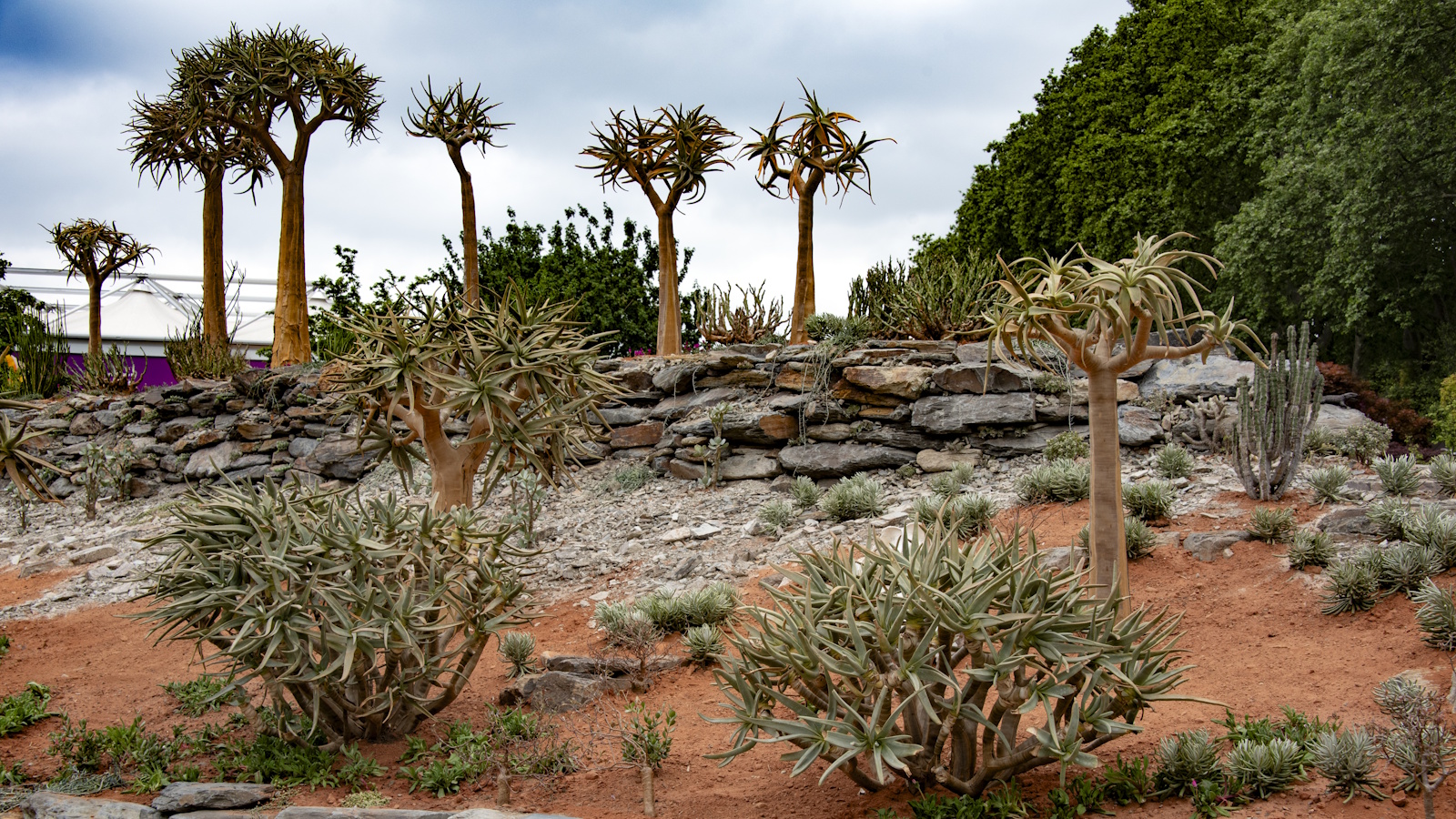

As climates become drier and hotter, fire-smart landscaping ideas have never been more relevant. The incidence of wildfires is likely to escalate in the coming years. Los Angeles and other areas in California are among the highest-risk areas for wildfires but large sections of other Western states, Texas and the Great Plains also have a high wildfire risk, as well as parts of Florida.
With above average temperatures already reported this year in the West, Southwest and Northwest, as well as the northern Rockies and Plains, plus Florida experiencing its second-warmest May on record at 4°F above average, it is time to get informed on smart fire-wise hardscaping and planting features in your yard.
When considering firescaping ideas for your backyard, one of the most important things you can do is to make sure you include non-flammable materials and the right plant spacing, as these can slow the spread of flames in the defensible space around your home and act as a barrier to approaching wildfires.
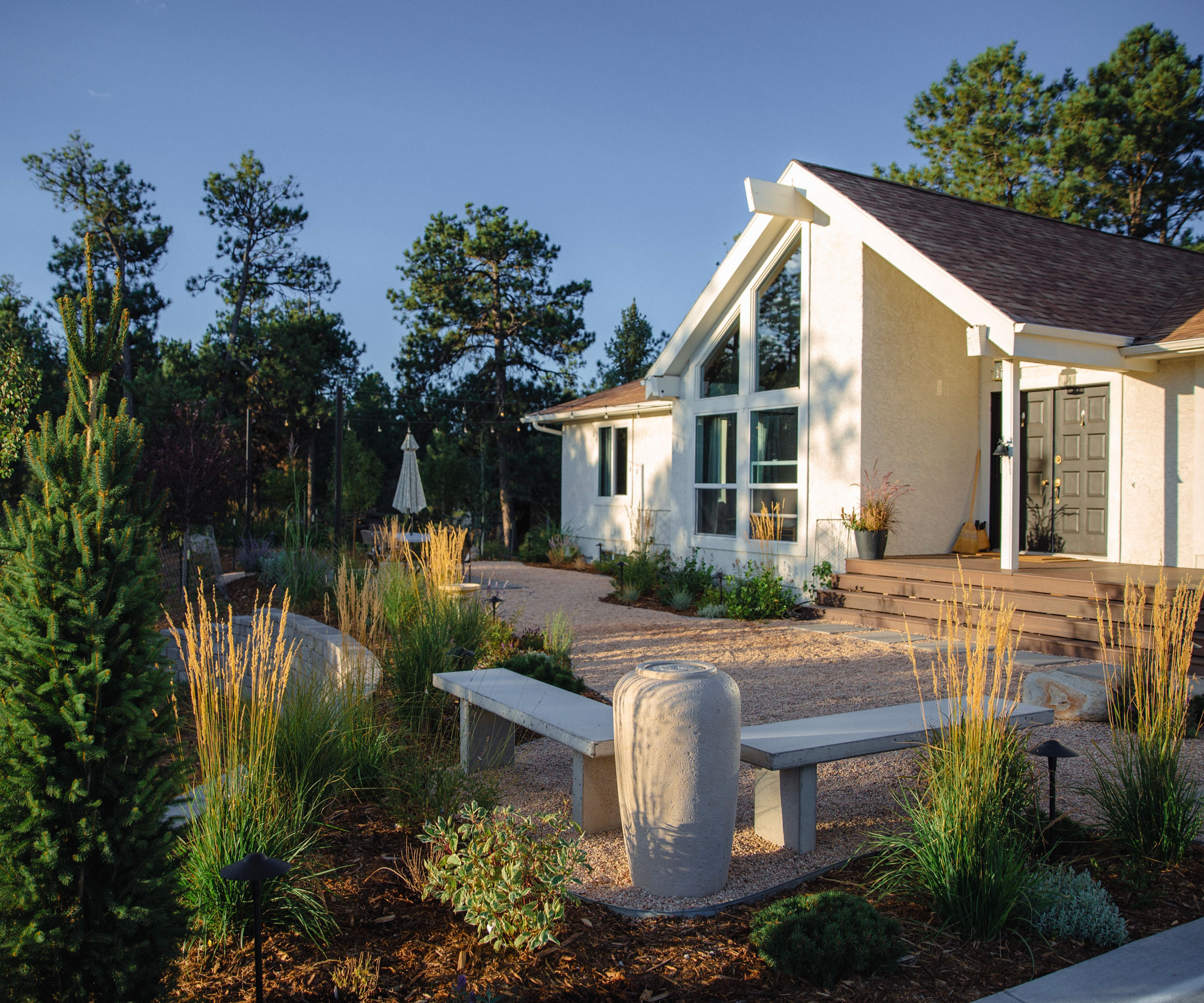
Gravel is always a good choice of landscaping material in gardens at risk of wildfire
Why fire-resistant landscaping ideas are important right now
Fire-resistant landscaping ideas are important as climate change is creating the conditions for increased wildfire risk, with fire season in the US becoming progressively longer and more costly.
'Hotter, dryer weather conditions reduce moisture available in both live and dead plant materials, while wetter years significantly increase ignitable fuels in grasslands and savannas,' according to Adrienne Edwards and Rachel Schleiger, authors of Firescaping Your Home: A Manual for Readiness in Wildfire Country, available on Amazon.
'Since 2000, an average of 7 million acres have burned each year across the United States, more than double the average acreage that burned annually in the 1990s. In 2020, wildfires burned 10.3 million acres in the US, and roughly 60 percent of those acres were in California (more than 4 million acres), Oregon (more than 1 million acres), and Washington (more than 700,000 acres).'
According to the California Department of Forestry and Fire Protection, more than half of the 20 largest wildfires in California history occurred in 2020 and 2021. Now under the new Zone 0 California wildfire regulations expected to come into practice later this year, flammable items will be prohibited in an area measuring five feet outwards from the perimeter of the home in an effort to create an ember-resistant defensible zone in yards.
Design expertise in your inbox – from inspiring decorating ideas and beautiful celebrity homes to practical gardening advice and shopping round-ups.
There are other fire-resistant landscaping ideas you can use in your yard too, so here are 5 key things to consider if you want to prep your yard accordingly.

Adrienne is a plant ecologist, garden designer and environmental consultant. She began her botanical odyssey in the Southeast, spent time in the Midwest, and since 2006 has lived and worked in northern California. After more than 30 years' experience teaching, researching and consulting, plants continue to be her muse. She is currently a faculty lecturer at California State University, Chico.

Rachel specializes in restoration ecology. She has lived in the Sierra Nevada foothills most of her life. Her family and property survived the deadliest and most destructive western fire on record, the 2018 Camp Fire. Since then, she has developed a curriculum to teach about wildfire, both in person and online through Butte College. She is currently a faculty lecturer at both Butte College and California State University, Chico.
1. Create a conscientiously planned landscape
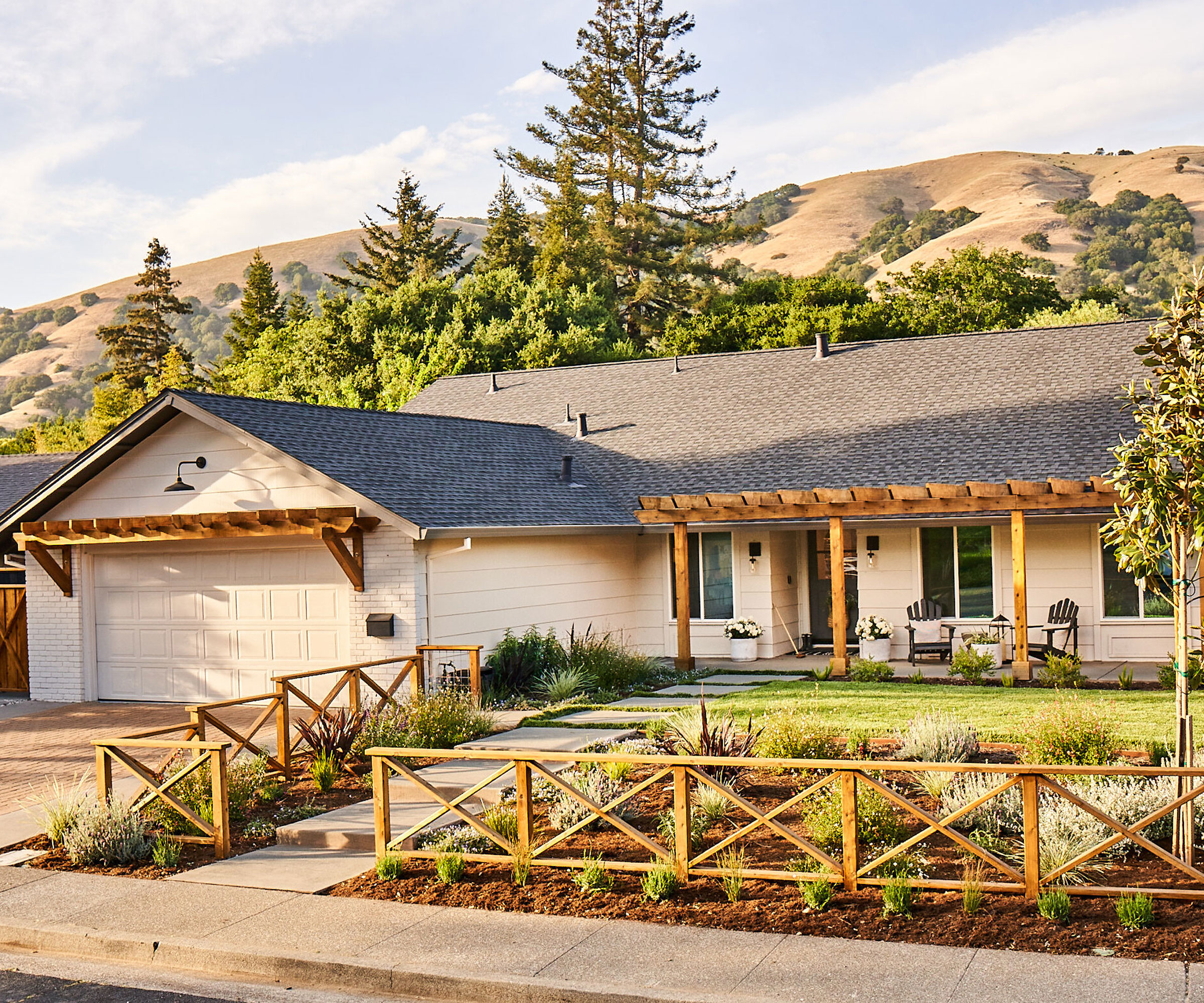
It's all about correct plant spacing and maintenance, plus using the right landscaping materials
Managing the space around your home is an important part of fire-resistant landscaping ideas. The aim is to create a defensible space to protect your home.
A key part of this is looking at the construction materials used and assessing their flammability, as well as taking an overview of the planting, its proximity to the house, and how likely it is to enable fire to spread.
Fire-smart landscaping accepts that all vegetation will burn but some varieties are less likely to ignite. This means any combustible materials in your yard may need switching out for safer options.
If the materials used for structures such as wooden decks, wooden fences, and sheds or shacks are likely to act as tinder, you should work out how you can modify or change them.
It's a good idea to consult professional landscapers with experience of firescaping techniques to take an overview on your backyard landscaping, with a view to getting rid of any hazardous materials or planted areas that may escalate the spread of fire.
Together you will be able to come up with a plan to determine the best materials and plants to use as replacements, plus any costs involved.
2. Think carefully about how your yard is planted
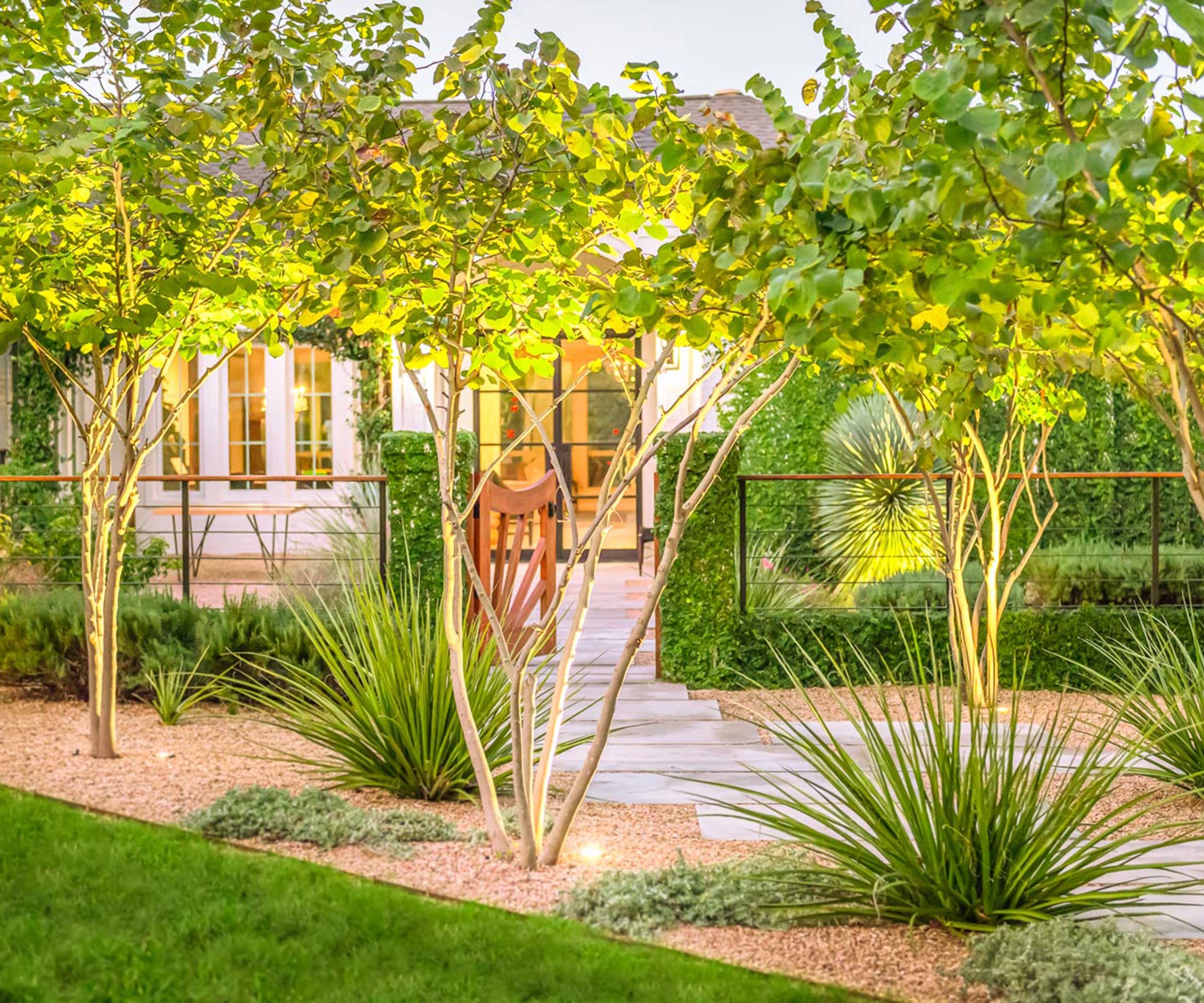
Maintenance is key, with clearance of low tree branches, overgrown vines, leaf litter and any other plant debris removed regularly
'Aim for a “just right” number and placement of plants, not too many or too few,' advise Adrienne and Rachel. Remember that not all planting is bad. 'Live, healthy green vegetation can capture, block, and/or slow windborne embers from reaching structures.'
Strategic placement of plants is crucial in firescaping techniques. 'Creating defensible zones involves maintaining a safe distance between vegetation and structures, especially homes,' say the experts at Fire Safe Marin, a non-profit organization dedicated to creating a fire-adapted community in Marin County, California.
'Trees should be pruned to prevent fire from climbing into the canopy, and shrubs should be spaced apart to reduce the risk of flames spreading.'
Remove shrubs planted under trees so they don't work as ladder fuel. Aim for 6 feet between the lowest branches of a tree and the ground. Maintenance such as regularly removing branches lower to the ground is often a more important consideration than the species chosen.
Choose the best fire-resistant plants that can stand the heat. If you live in a wildfire zone, these plant varieties could help to protect your home and yard. It's also a good idea to be aware of plants you should never grow in a wildfire risk area too.
Avoid planting or ignoring non-native invasive plans that can facilitate the spread of fire if allowed to colonize large areas unchecked. Instead opt for native plants that will also boost biodiversity and can be used as the basis for wildlife garden ideas too.
3. Zone your yard into the key defensible spaces
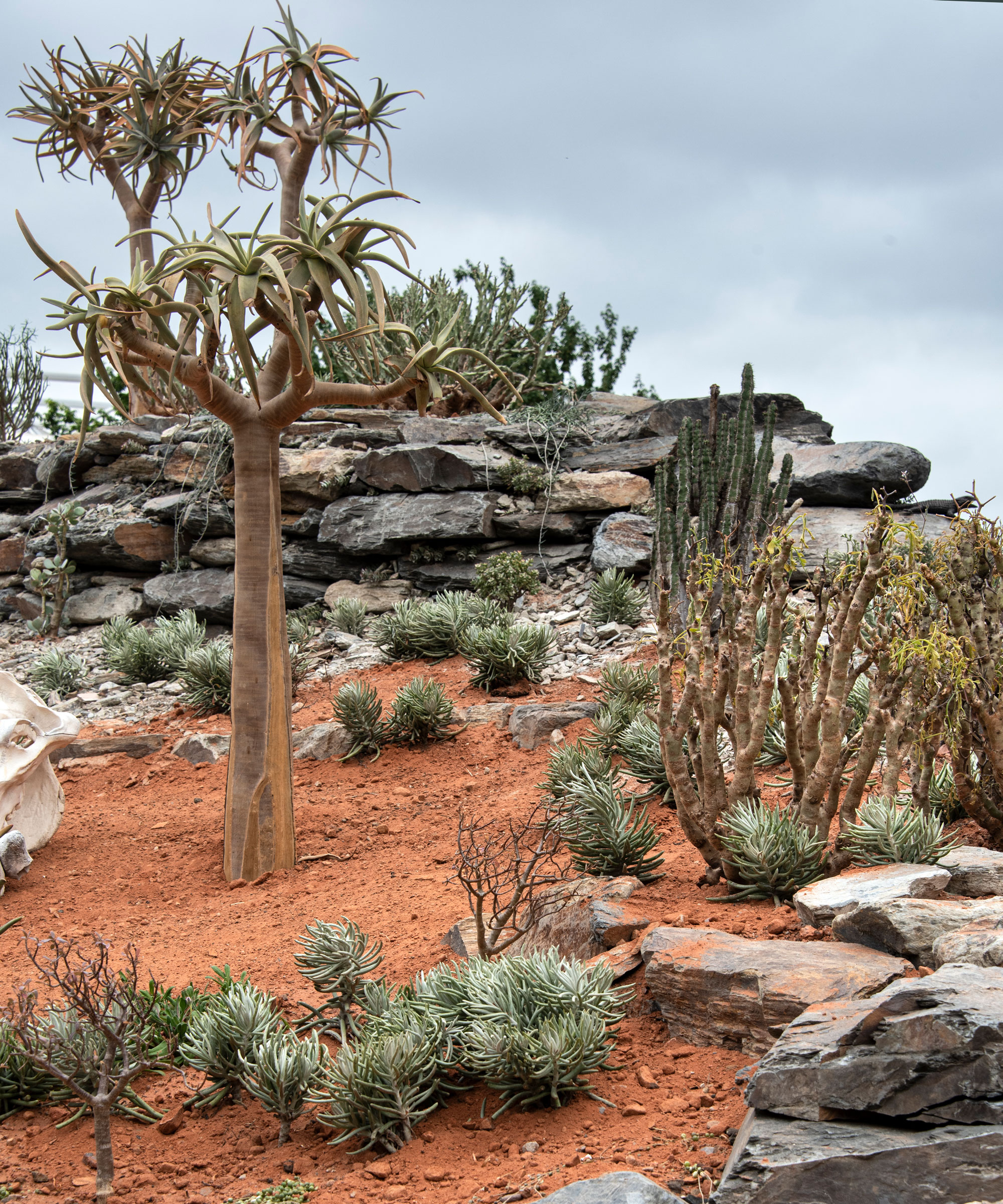
Creating defensible zones in your yard is a key part of firescaping techniques
Defensible space refers to the area around your home where plants are chosen and maintained to reduce fire risk. It's a set of strategies that helps you organize your landscape to prevent the spread of fire. The idea is to slow down the fire so it doesn't get close to your home.
Defensible space can be organized into three main zones where the density of vegetation is strictly monitored, and a fourth zone where habitat is maintained for ecological health.
Zone 0 is the one closest to your home and is a recommended no-planting zone. Most of your plants will be in zones 1 and 2, where proper spacing techniques should be utilized. You can find out more about this at sustainabledefensiblespace.org.
'You will require the greatest fire resistance near structures, but as you move away from buildings, plant choices can be more diverse in terms of fire resistance,' say Adrienne and Rachel.
'Your goal is not to eliminate all wildfires as that’s not possible. The zone system is a strategy to help make your home resistant to fire in a landscape where plants could burn.'
In dry climates desert landscaping ideas can offer further inspiration. Consider the size of your property, the fire regime of your region, and the physical variables of where you live as you apply the zone recommendations.
4. Use rocks and gravel for mulch
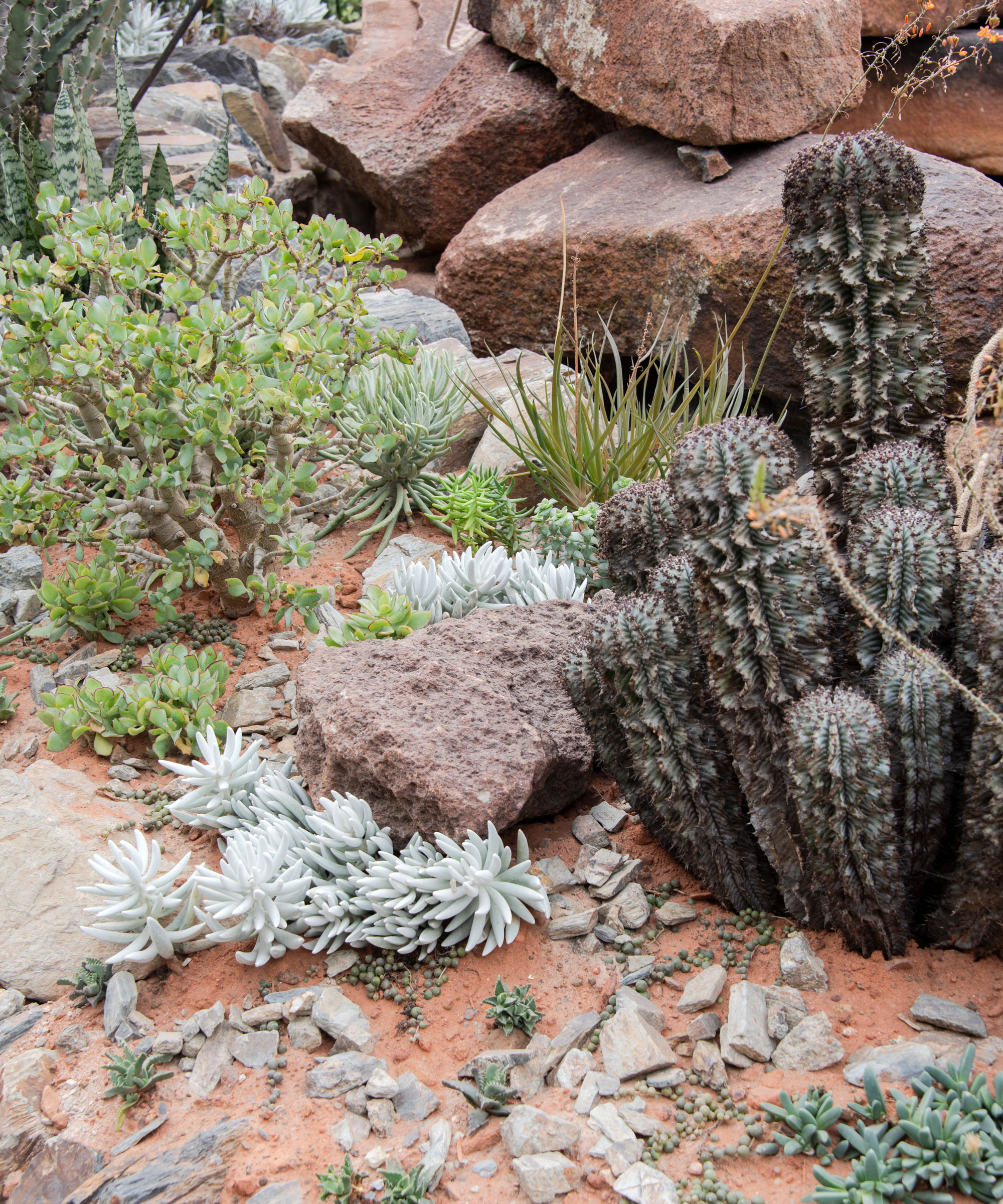
Materials like gravel and crushed stones can be used creatively to add a design element as part of your fire-resistant landscaping ideas
While non-organic mulches like gravel and crushed rocks and stones don't improve soil health they don't burn either, and in addition they protect the surface of the soil from wildfire heat.
Replacing combustible organic mulch with non-combustible products such as rocks and gravels is recommended, and works particularly well with drought-tolerant planting ideas.
'Proper selection and placement of mulch is an important safety feature. Mulch within five feet of the home should be non-combustible,' say the Fire Safe Marin team. "Gravel is a good choice.
Composted mulch, where the wooden material has been partially decomposed, is the best choice for yards.'
5. Choose hardscaping materials carefully
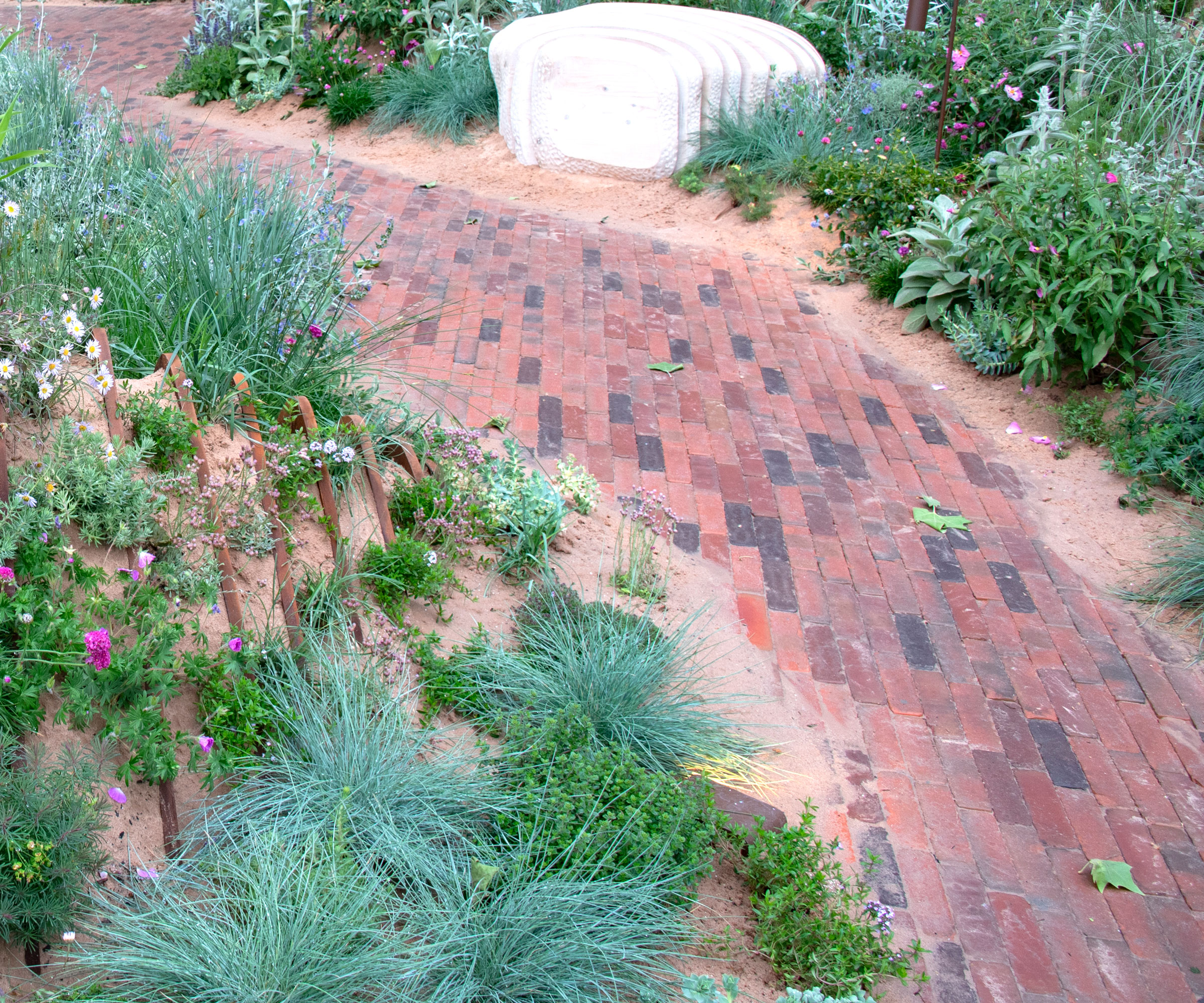
An attractive brick path can also act as a firebreak
Incorporating non-combustible elements such as rocks, gravel, crushed stones and bricks into the landscape can act as firebreaks as well as being a great choice for mulching.
These hardscaping features not only enhance the aesthetic appeal but also serve as effective barriers to slow down or prevent the advance of wildfire.
Instead of wooden decks choose concrete, flagstones, or bricks, which are fire-safe and don't need much upkeep either. They can be used to add interesting texture to the landscaping too.
Try gravel landscaping ideas, which is one of the most practical fire-safe materials, and can be used for paths, patios, or as mulch in flowerbeds. It helps break up planting zones and doesn’t ignite, which makes it ideal for creating defensible space.
You can also combine it with native, drought-tolerant plants to soften the look while keeping things low risk.
To add character to your backyard design use landscaping ideas with rocks and rock garden ideas. The introduction of rocks and boulders can also work as a useful firebreak. In the same way as gravel gardens do, rocks will block fire spread along the ground and act as a buffer.
One final tip if you're interested in how to create a native landscape: be aware that native vegetation is often protected by regulations, so do not remove previously unmodified habitat without first contacting your local County planning department for specific limitations and processes.

Lifestyle journalist Sarah Wilson writes about garden design and landscaping trends for Homes & Gardens. She has studied introductory garden and landscape design, and also has an RHS Level 2 qualification in the Principles of Plant Growth and Development. She is a regular contributor to Homes & Gardens and Livingetc. She has also written for Country Living, Country Homes & Interiors, and Modern Gardens magazines
You must confirm your public display name before commenting
Please logout and then login again, you will then be prompted to enter your display name.